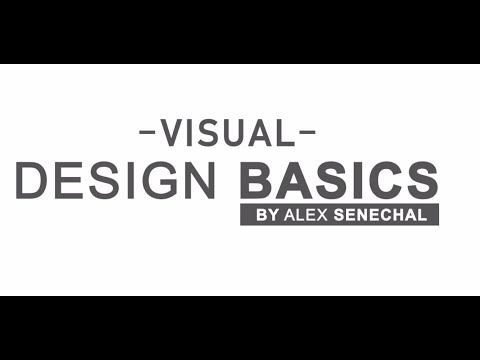I come from an architecture background. I spent working with Sketchup for all the 3d modeling during my B. Arch. and M. Arch. I used lots of plugins too. Later on I explored Rhino and Grasshopper for algorithmic modeling. I began to dabble in Houdini and Z-Brush in 2021.
On YouTube and Blender Market, I recently saw various plugins viz. Hard Ops, Kit Ops, Mesh Machine, Ice Tools, Random Flow and Sci-Fi Pro.
I realized that Blender can be an amazing (probably the best tool) in the world for rapid hard surface modeling in the domain of sci-fi and mecha.
I have experimented a bit with random flow and really loved it. I would like to learn hard surface modeling in the domain of sci-fi and mecha. What would be the ideal courses to learn that? I believe that Z-Brush has been the most popular choice of artists whenever it comes to mecha modeling. I am stating this based on the fact that the number of tutorials for mecha modeling using Z-Brush exceed far more than any other software.
Should I learn mech modeling in Z-Brush first, then transfer that knowledge into Blender or learn it from scratch within Blender only? I am a total newbie in Blender. I have not done the famous donut tutorial at all.
Sharing some videos featuring Blender artists that give idea about the kind of work that I would like to develop in Blender.

